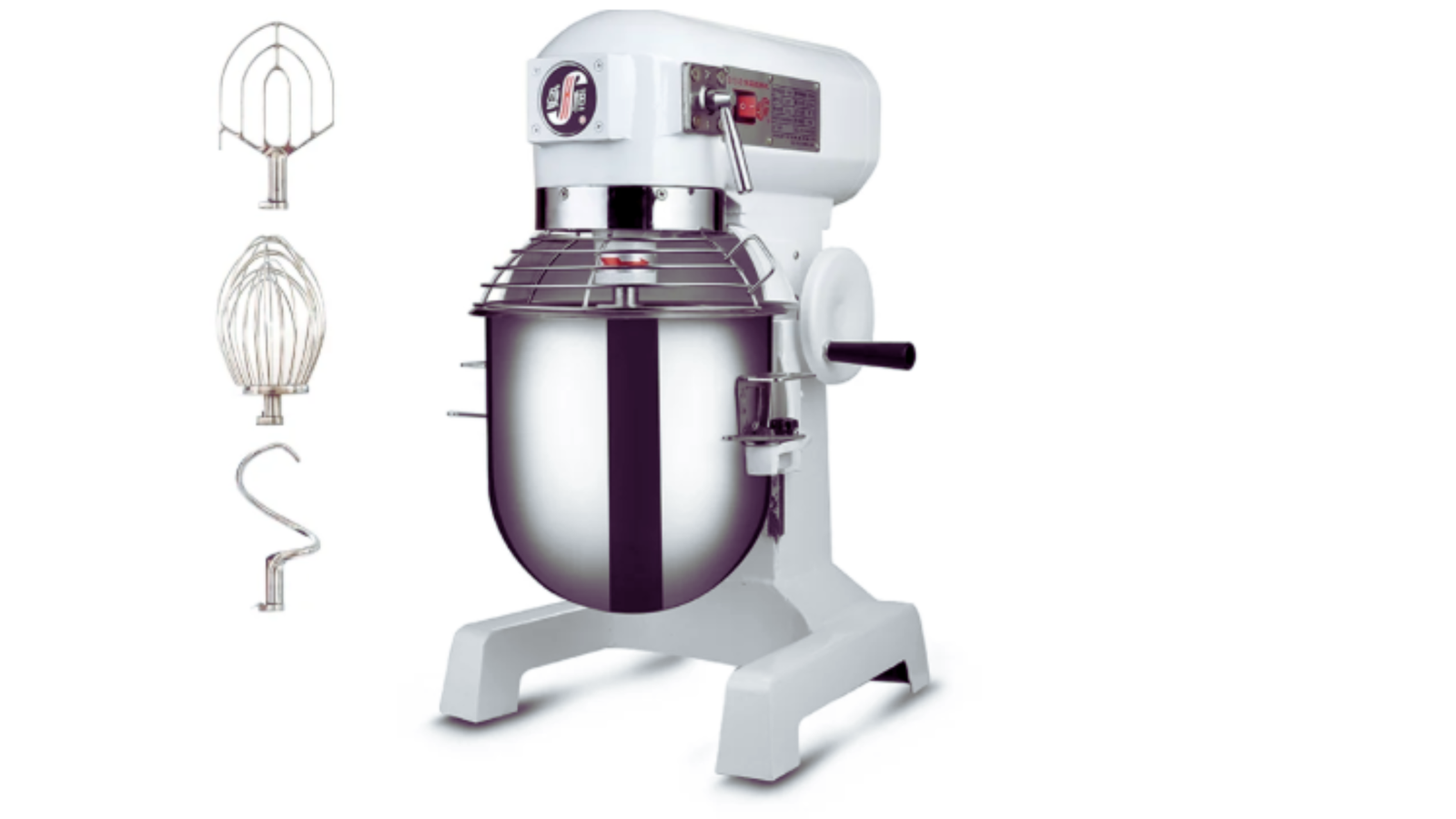Introduction to Palentu
Palentu is a traditional dish made from boiled cornmeal, enjoyed in many cultures but especially known in Italy. Though often confused with the more common spelling “polenta,” the word palentu carries the same culinary heritage and taste. With its humble origins, this dish has become a versatile staple around the world.
The History Behind Palentu
The origins of Palentu date back centuries. In Northern Italy, peasants would cook coarse-ground grains into a hearty porridge. When corn (maize) was introduced from the Americas in the 16th century, it quickly became the main ingredient. From that point on, palentu became a go-to dish among farmers and laborers.
How Palentu is Made
Making palentu is simple but requires patience. Coarsely ground cornmeal is slowly stirred into boiling water or stock. After 30–45 minutes of constant stirring, the palentu thickens into a soft, creamy consistency. It can be served as a porridge or cooled to solidify into a loaf for grilling, baking, or frying.
Why Palentu Is So Popular
The beauty of Palentu lies in its simplicity. It’s naturally gluten-free, budget-friendly, and incredibly filling. People love palentu because it can be flavored with cheese, butter, herbs, or even savory sauces. It’s a blank canvas for bold and comforting flavors.
Palentu Around the World
While most people associate palentu with Italy, versions of this dish exist in other regions:
- Romania calls it mămăligă.
- In Brazil, it’s known as angu.
- In the American South, similar preparations are called grits.
Despite the regional names, they all share the heart and soul of what we know as palentu.
Soft vs. Firm Palentu
Palentu can be enjoyed in two main forms:
- Soft Palentu: Creamy and porridge-like, perfect with melted cheese or sauces.
- Firm Palentu: Left to cool and solidify, then cut into slices for grilling or baking.
Both styles bring out different textures and tastes, making palentu one of the most flexible foods you can cook.
Toppings and Pairings
Palentu is delicious on its own, but even better with toppings such as:
- Grilled mushrooms
- Sausages or braised meats
- Tomato-based sauces
- Roasted vegetables
- Cheese, especially Parmesan or Gorgonzola
These toppings elevate palentu from a simple side to a main course.
Health Benefits of Palentu
Palentu is not only filling but also healthy:
- Low in fat (unless butter or cheese is added)
- Naturally gluten-free, great for people with gluten sensitivity
- Rich in carbohydrates, providing energy
- Contains iron and essential minerals
Cooking Tips for Perfect Palentu
- Always use a heavy pot to avoid burning.
- Stir constantly to prevent lumps.
- Add salt or stock at the beginning for flavor.
- For creaminess, finish with butter or cheese.
Palentu in Modern Cuisine
Many modern chefs are reimagining palentu. You’ll find it in gourmet restaurants, paired with truffle oil, wild mushrooms, or artisan cheeses. It’s no longer just peasant food — palentu is now a fashionable plate item.
Vegan and Dairy-Free Palentu
Palentu can easily be made vegan. Use plant-based butter or olive oil, and opt for alternatives to cheese and cream. Topped with roasted veggies or vegan sauces, palentu becomes a plant-based delight.
Storing and Reusing Palentu
Leftover palentu? No problem.
- Chill it in a baking dish.
- Slice it once, firm.
- Fry, grill, or bake the slices for a crispy treat.
Palentu leftovers are often even tastier the next day!
Palentu vs. Other Cornmeal Dishes
People often confuse palentu with grits, cornbread, or corn porridge. While similar in ingredients, palentu is unique in its slow cooking process and smooth texture. It sits right between creamy and firm, depending on how you prepare it.
Famous Dishes Featuring Palentu
In Italy, you’ll find many regional specialties:
- Palentu con funghi (palentu with mushrooms)
- Palentu e osei (a Bergamo delicacy with small birds or meats)
- Palentu taragna (made with both cornmeal and buckwheat)
These dishes celebrate the diversity of Palentu.
Palentu in Home Kitchens
Home cooks love palentu because it’s:
- Affordable
- Easy to prepare
- Adaptable for every meal
Whether you’re serving brunch, lunch, or dinner, Palentu fits right in.
Palentu as Comfort Food
There’s something deeply comforting about a warm bowl of palentu. It’s hearty, warm, and nourishing. Especially in winter, palentu brings a sense of home and tradition to the table.
Palentu for Kids
Kids often enjoy Palentu’s soft texture and mild flavor. Add a bit of cheese and they’ll love it! It’s also a great way to sneak in vegetables when you blend them into the dish.
Palentu for Entertaining
Looking to impress your guests? Serve crispy palentu rounds topped with pesto, sun-dried tomatoes, or goat cheese as appetizers. It’s a fancy take on a humble classic.
Palentu in Cultural Celebrations
In some Italian villages, palentu is prepared in large copper pots during festivals. Everyone gathers to share the dish, celebrate community, and honor tradition. This highlights Palentu’s role not just in food but also in culture and connection.
Final Thoughts
Palentu may be simple, but it’s anything but boring. From its rich history to modern adaptations, this cornmeal dish has earned a place in kitchens worldwide. Whether you’re a food lover or just hungry, Palentu delivers warmth, flavor, and tradition in every bite.
FAQs
1. What is Palentu made of?
Palentu is made from coarsely ground cornmeal boiled in water or stock.
2. Is Palentu gluten-free?
Yes, palentu is naturally gluten-free and safe for people with celiac disease.
3. Can I make palentu in advance?
Absolutely! Cooked palentu can be stored in the fridge, sliced, and reheated.
4. How do you serve palentu?
You can serve palentu soft like porridge or firm it up and grill or bake it.
5. What’s the difference between polenta and polenta?
They are the same dish; “palentu” is a variant spelling of the Italian “polenta.”
See more amazing Information, infobusinesshub















